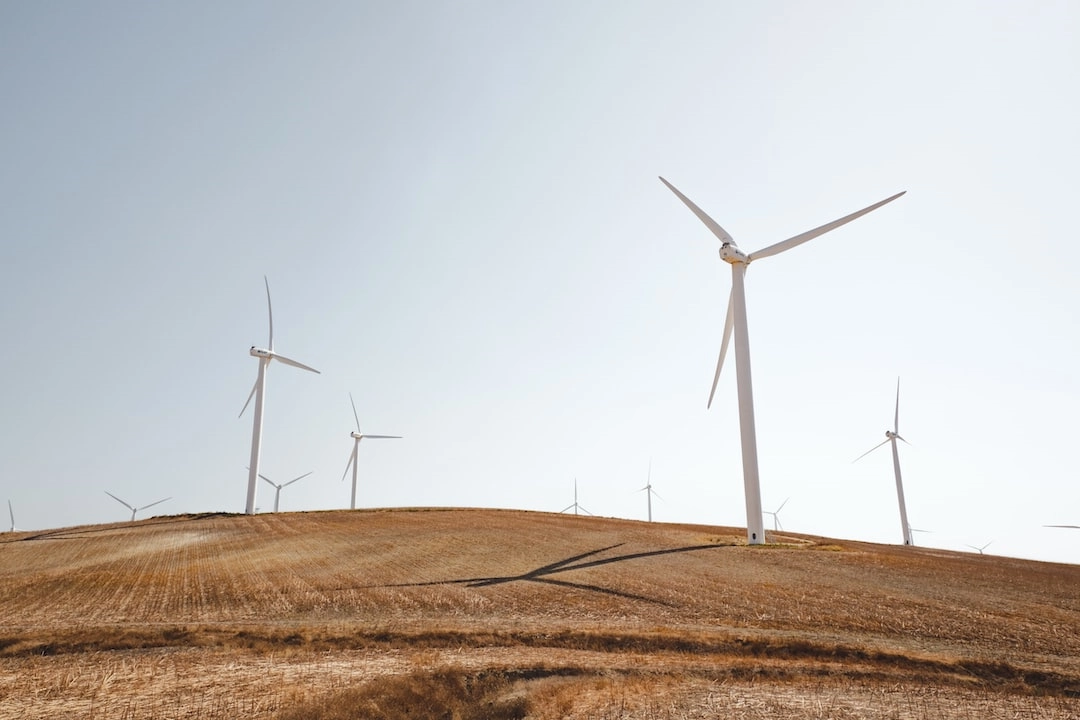
What is Wind Energy?
Wind energy is a renewable energy source that harnesses the power of wind to generate electricity. It involves converting the kinetic energy from the wind into mechanical power using wind turbines, which are comprised of large blades that rotate when exposed to wind. This rotational motion is then converted into electrical energy using generators.
Real-World Problems Associated with Wind Energy
Although wind energy has numerous benefits, there are also real-world problems associated with its implementation and use. It is important to consider these challenges to ensure the effective and sustainable integration of wind power into our energy systems.
1. Intermittency and variability
One of the main challenges of wind energy is its inherent intermittency and variability. Wind speeds are not constant, and turbines can only generate electricity when wind speeds fall within a certain range. This means that wind power cannot provide a constant, reliable source of energy, which may require backup power sources or energy storage systems to ensure a consistent supply.
2. Visual and noise impact
Wind farms require large open spaces, often located in scenic areas or near residential communities. The visual impact of wind turbines can be a concern for some people, as they may alter the landscape and impact the aesthetics of the area. Additionally, the noise generated by the rotating blades can also be an issue for nearby residents.
3. Wildlife and ecological impacts
Wind turbines can pose risks to wildlife, particularly birds and bats. Collisions with the spinning blades can result in fatalities, and the construction of wind farms can disrupt habitats and migration patterns. Proper siting and impact assessments are crucial to minimize these ecological impacts.
4. Infrastructure and transmission challenges
Expanding wind energy requires significant investments in infrastructure, including the construction of wind farms and the development of transmission networks to transport the electricity to end-users. These infrastructural challenges can be costly and require careful planning and coordination with stakeholders.
5. Social acceptance and community engagement
Wind energy projects can face opposition from local communities due to concerns of visual impacts, noise, or perceived negative effects on property values. Engaging with communities early in the planning process and addressing their concerns can help foster support and ensure successful project implementation.

Potential Solutions to Real-World Problems of Wind Energy
While wind energy faces certain challenges, there are several solutions and strategies that can help mitigate these issues and maximize the benefits of utilizing wind power as a sustainable energy source.
1. Integration with energy storage
Pairing wind energy with energy storage systems, such as batteries, can help overcome the intermittency and variability of wind power. Excess energy generated during peak wind conditions can be stored and utilized during times of low wind speeds, ensuring a more consistent and reliable electricity supply.
2. Proper site selection and design
Careful site selection and design of wind farms can help minimize visual and noise impacts. This involves considering the landscape, local regulations, and community preferences. Placing wind turbines away from residential areas and implementing noise reduction measures can help address these concerns.
3. Innovative technologies to reduce wildlife impacts
Ongoing research and development aim to reduce the risks for birds and bats associated with wind turbines. This includes the use of advanced radar systems to detect flying wildlife and particular designs to increase the visibility of turbine blades. Proper environmental assessments and monitoring are essential to mitigate ecological impacts.
4. Investments in grid infrastructure and smart grid solutions
Expanding and upgrading the transmission infrastructure is essential to efficiently deliver wind energy to end-users. Investment in grid infrastructure and smart grid technologies can help optimize the use of wind power and improve the integration of renewable energy sources into the existing energy system.
5. Effective community engagement and education
Engaging with communities early in the planning process and providing accurate information about wind energy can help address concerns and increase social acceptance. Encouraging public participation, community ownership models, and sharing benefits from wind energy projects can foster a sense of ownership and support.















